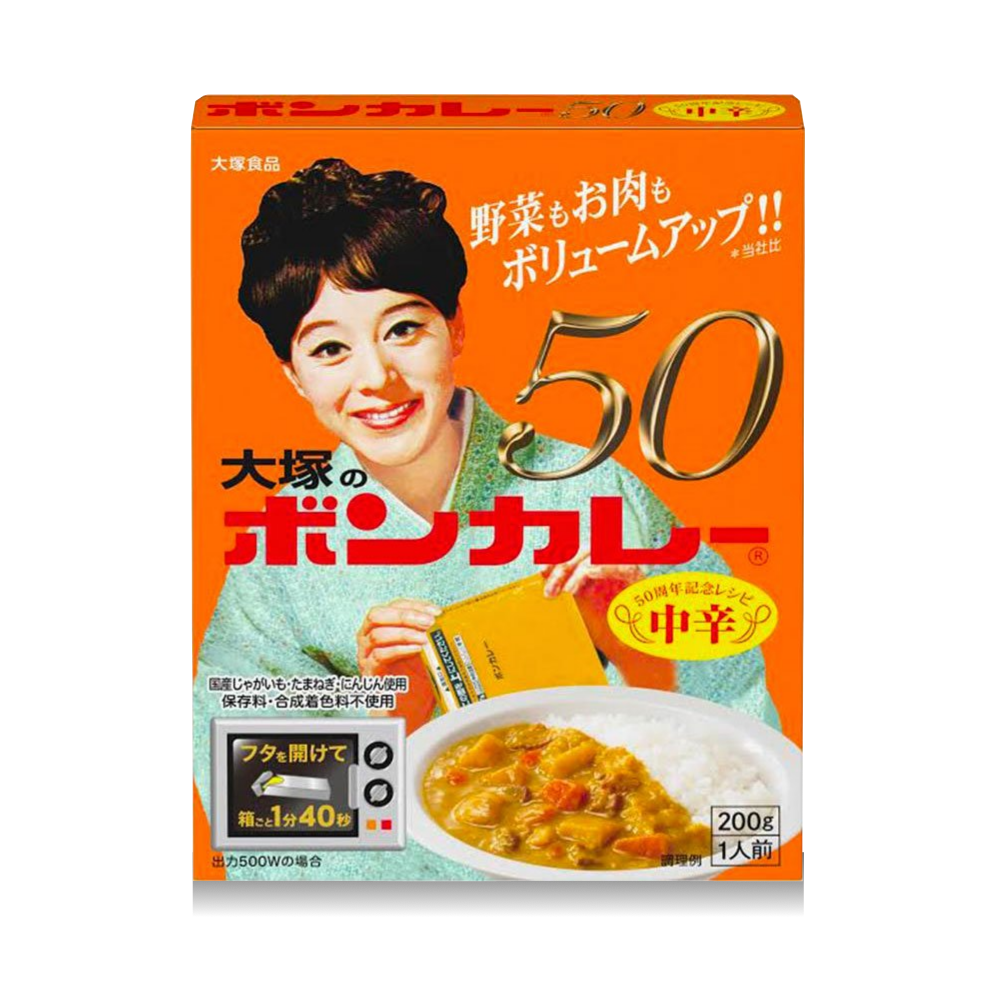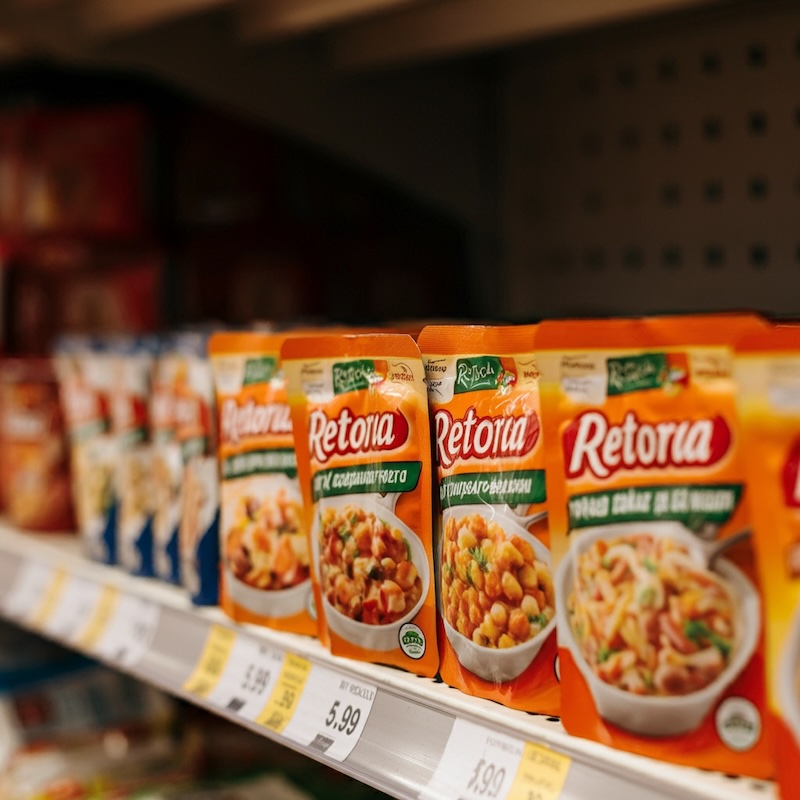What is Retort?
Simple explanation of food retort and it’s brief history.

Retort – A Healthier Way to Extend Food Shelf Life
Retort is a modern, healthier method used to ensure that food products stay fresh for up to 2 years without the use of additional chemical preservatives.
Food intended for retorting is typically packed into aluminum pouches, glass jars, or polypropylene (PP) bottles.
The sealed pouches are then sterilized at high temperatures and pressures inside a device known as a retort machine.
This process eliminates all harmful microorganisms (especially Clostridium botulinum), thus preventing the food from spoiling.
Retorted products can be stored at room temperature without any changes in taste, appearance, or nutritional value.
A Brief History of Retort
The use of retort technology for food began with the U.S. military in the 1960s as a replacement for canned military rations.
In 1969, retort food was taken by astronauts on the Apollo 11 mission to the Moon.
However, the use of retort food was initially limited to military missions and expeditions. Public awareness of retort food was not widespread in the United States.
Interestingly, Japan was the pioneer in introducing retort food to the public.
In Japan, the first retort food sold to the public was introduced by Otsuka Holding, which began selling curry in pouches in 1968.


Retort Now
Since its introduction, retort food has become incredibly popular in Japan.
While this technology has only gained recognition in Malaysia in recent years, retort food has been widely used in Japan for over 50 years.
In Japan, ready-to-eat retort meals are organized like books, and they are favored for being perceived as healthier.
Retort food is used for baby meals, ready-to-eat meals during emergencies, and even for in-flight meals served by the Japanese airline ANA.
In Malaysia, retort pouch meals have begun to gain traction, although their use is still limited.
One of the notable adopters is Lembaga Tabung Haji, which has been providing retort meals to pilgrims since 2019, particularly for those in Mina and during the Wukuf in Arafah.